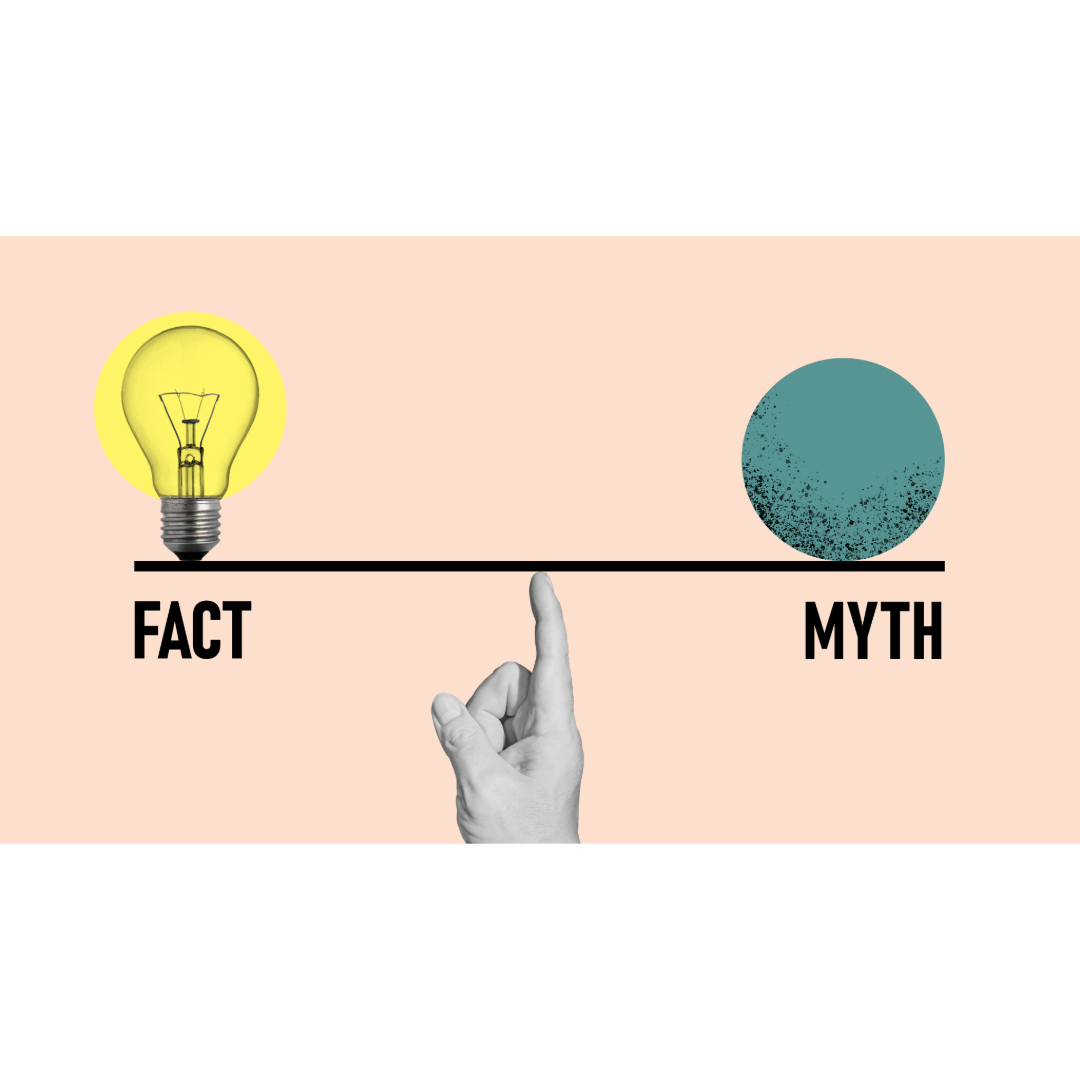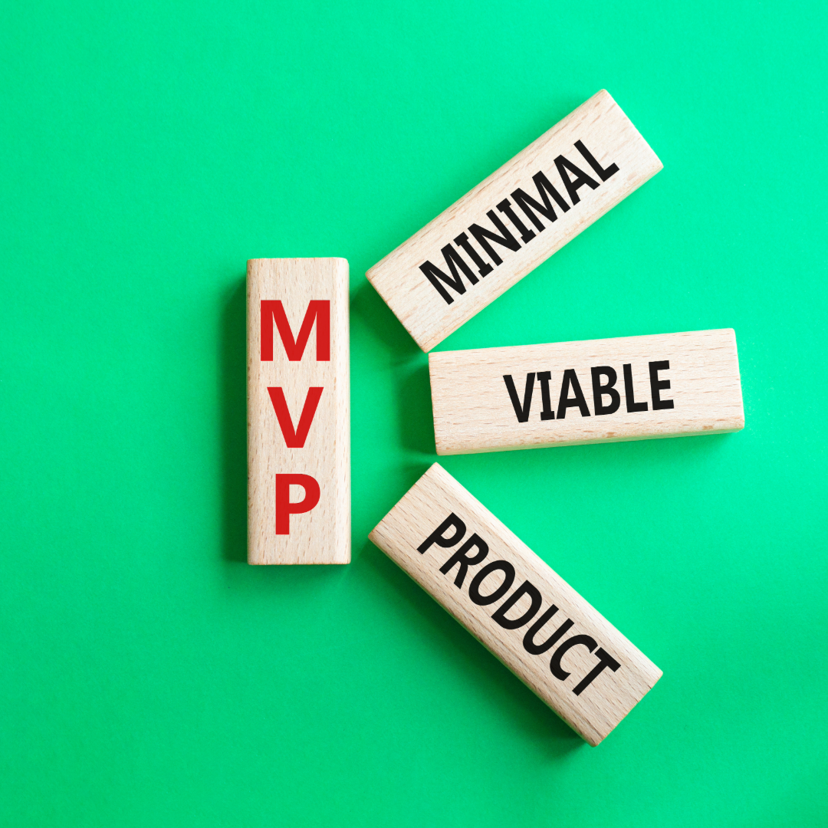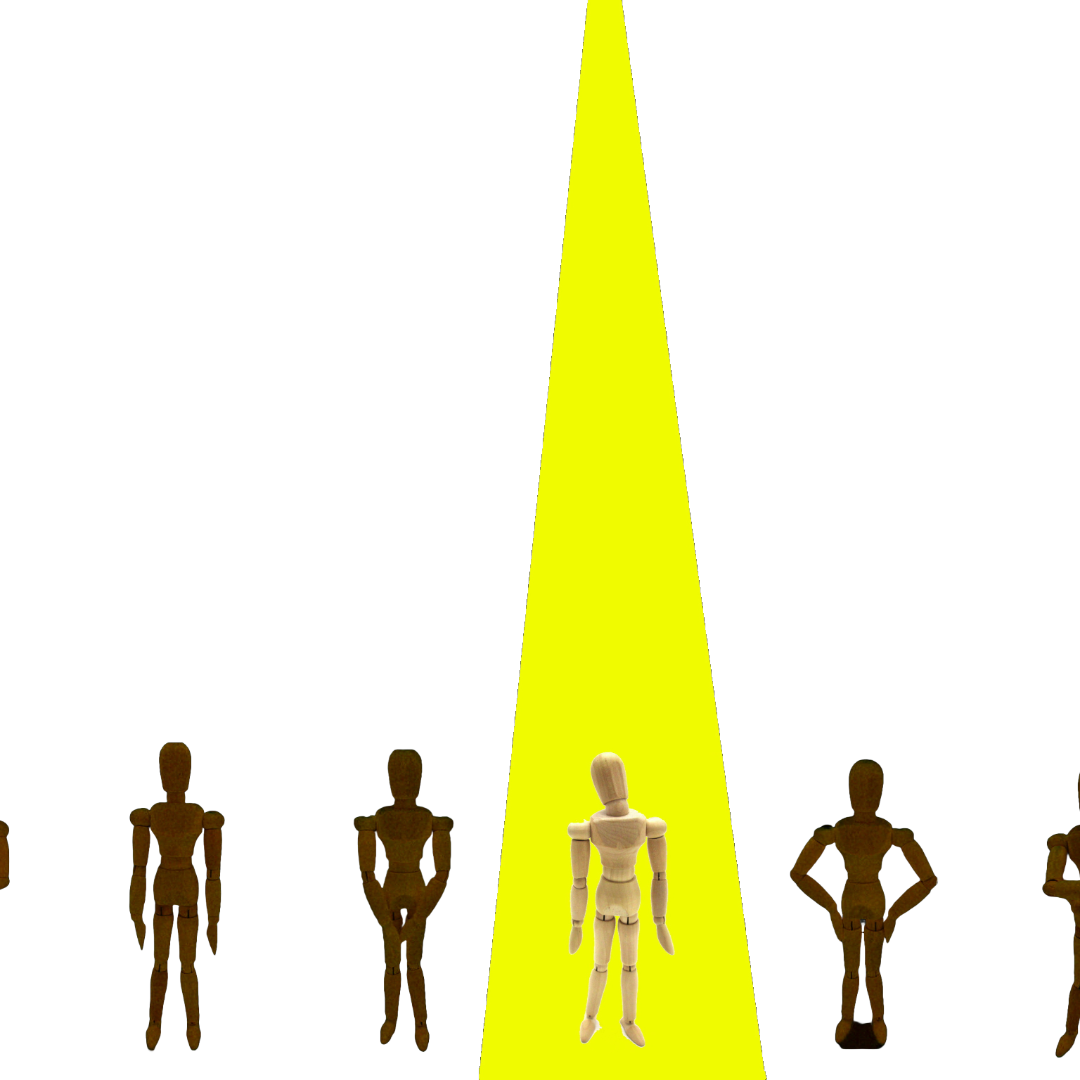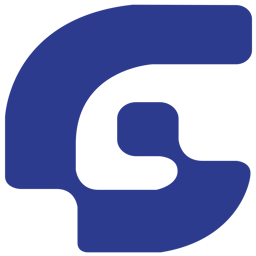
How To Spot A Good Idea
How We Innovate
Unlock innovation with our proven frameworks: A blend of familiar favorites and proprietary secret sauce.
Why It Works: Avoid wasting time and money developing solutions nobody wants.
When To Use: At the start of any new product, service, or business idea before committing resources to build.
About: DVFU helps to balance what users want, what's good for the business, what's technically possible, and what's easy to use when making product decisions. Like skilled game players, it allows us to imagine different scenarios to get these elements working together.
Why It Works: Teams develop successful, sustainable product experiences without sacrificial tradeoffs.
When To Use: Throughout strategy and product development to holistically weigh critical factors.
Why It Works: WMBT lowers risk. It tests ideas to avoid putting money into solutions that don't work. It values proven flexibility over guesswork. Regularly checking with validated ideas improves the chances of our product being liked by the market.
When To Use: Use when pursuing opportunities like product innovation, market entry, or new business models. Early use in the innovation process allows strategic pivoting from validated learnings, preventing resource overcommitment.
About: The Product Stakeholder Alignment Framework helps understand and align the needs and interests of everyone involved with a product, including users, customers, partners, internal teams, and the wider business. Specific exercises bring out views from all sides and create a product strategy that benefits everyone.
Why It Works: This method prevents product issues by ensuring equal say, preventing misunderstandings, and reducing conflicts. Establishing common goals fosters product ideas with universal agreement and appeal.
Why It Works: Use the Product Stakeholder Alignment Framework during product development or product changes. Initial agreement on the product vision promotes success. Reapply the framework for significant changes where stakeholder needs may shift.
Why It Works: This hands-on method employs a cycle of build, measuring, and learning, facilitating rapid learning and efficient resource use. If a strategy fails, teams can pivot easily without fretting over sunk time and effort.
When To Use: Use Lean Experimentation early and often in innovation. Begin post-problem framing, allowing testing cycles for swift progress in ensuring your product fits the market. This is achieved by regularly validating assumptions before extensive resource allocation.
OKR Strategic Planning | A Better Way To Align Teams and Drive Outcomes
About: OKR Strategic Planning is a method that helps turn big organizational goals into clear, measurable tasks for teams and individuals. It creates a regular rhythm for setting, monitoring, and adjusting these tasks at all levels.
Why It Works: OKRs simplify big goals into clear tasks, aligning everyone's work with the organization's objectives. Regular data-driven check-ins track progress towards these goals.
When To Use: Use OKR Strategic Planning every year to set goals and key outcomes for the coming year. Then, use shorter OKR cycles that align with and support the main strategic plan every quarter or month. Use this method consistently at all levels of the organization.
Why It Works: Many developed products focus too much on technology, features, or business needs. The Working Backwards method changes this by focusing on the customer's needs and desires. Teams must clearly state the customer's value by creating press releases and FAQs.
When To Use: Use Working Backwards at the start of a new product development. Its customer-focused approach should lead all the following strategy, design, and execution work to achieve successful customer results. Use it again during any major change in direction.
Evolve your design strategy.
Need training? Need Strategy? Schedule a Discovery call.







